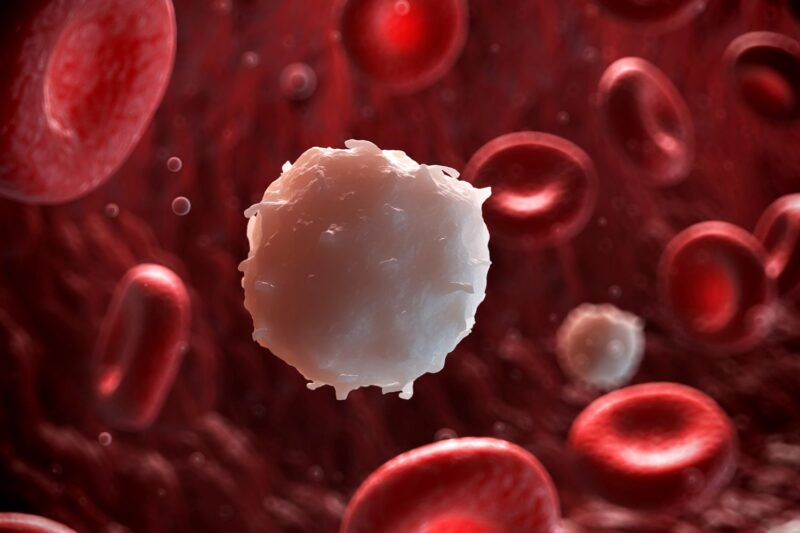Gluten, a protein found in wheat, barley, and rye, has garnered much attention in recent years due to the rise in gluten-related sensitivities and disorders.
Understanding how the body digests gluten is crucial in comprehending the challenges faced by individuals with celiac disease or non-celiac gluten sensitivity.
In this article, we’ll explore the timeline of gluten digestion, from the moment it enters your mouth to its ultimate exit from the body.
1. Ingestion: The Gluten Encounter
The journey of gluten digestion begins when you take your first bite of a gluten-containing food. As you chew, saliva is released, moistening the food and starting the breakdown process.
However, gluten is a complex protein that remains relatively unchanged during this initial phase. Understanding this process is crucial for those wondering, how long does it take gluten to leave your system?
2. Stomach: The Gastric Battle

Upon reaching the stomach, gastric acids, and enzymes join the fray. Pepsin, a digestive enzyme, attempts to break down molecules. The acidic environment helps partially denature gluten, but it remains a formidable opponent for the digestive system.
3. Small Intestine: Where the Action Happens
The small intestine is where the bulk digestion occurs. Here, pancreatic enzymes, such as trypsin, and intestinal enzymes, like peptidase, continue to break down gluten into smaller peptide fragments.
These fragments are then absorbed through the intestinal lining into the bloodstream.
4. Absorption: The Intricate Process
Peptides enter the bloodstream and can circulate throughout the body. In most individuals, this process poses no issues. However, for those with celiac disease or non-celiac sensitivity, it’s a different story.
5. Immune Response: Celiac Disease Unveiled

In individuals with celiac disease, peptides are perceived as foreign invaders by the immune system. This triggers an immune response that can lead to inflammation and damage to the lining of the small intestine.
This chronic condition can have serious health implications if not properly managed through a gluten-free diet.
6. Non-Celiac Gluten Sensitivity: A Complex Puzzle
Non-celiac sensitivity remains less understood. Some people experience gastrointestinal discomfort and other symptoms after consumption without having celiac disease or wheat allergy.
The mechanisms behind this condition are still under investigation, but it can trigger adverse reactions in these individuals.
7. Exit Strategy: The Final Farewell
After digestion or, in the case of individuals with celiac disease, the immune response has run its course, and any remaining gluten remnants exit the body through waste elimination. This marks the end of the journey in the digestive system.
Conclusion: Knowing Your Gluten

Understanding the timeline of gluten digestion is essential for those with gluten-related conditions and anyone looking to make informed dietary choices.
While most individuals can digest gluten without any problems, it’s crucial to be aware of the potential challenges it can pose for others.
Whether you’re enjoying a slice of pizza or opting for an alternative, knowledge about gluten’s stay in the body empowers you to make healthier choices and accommodate the diverse needs of people with various gluten sensitivities.

